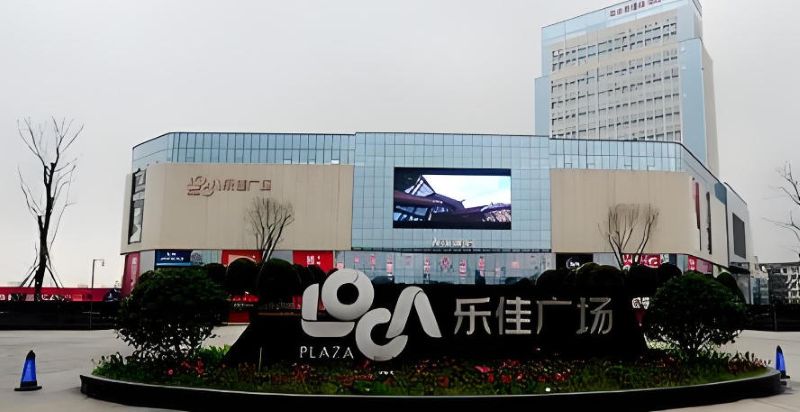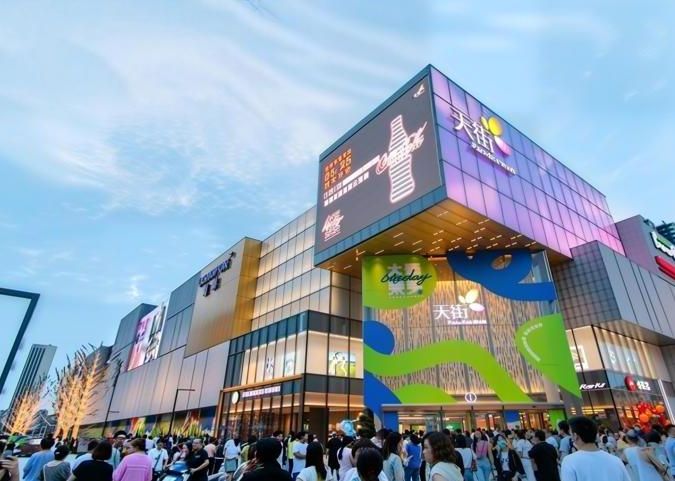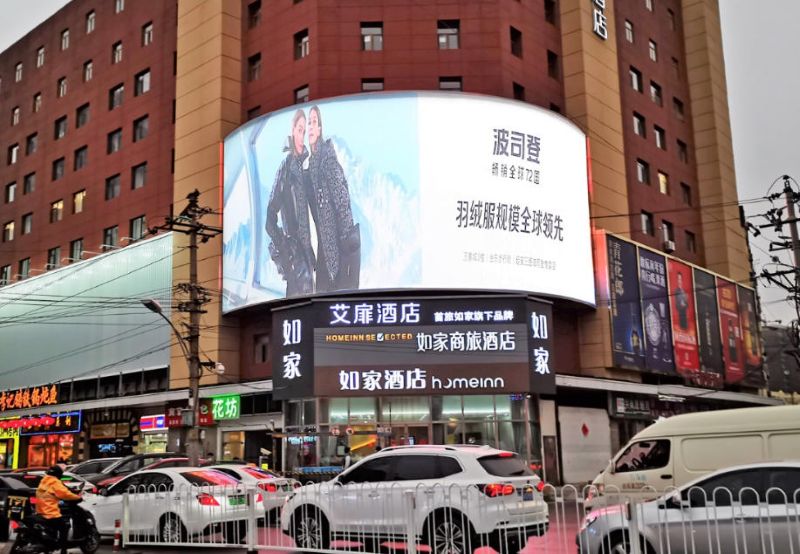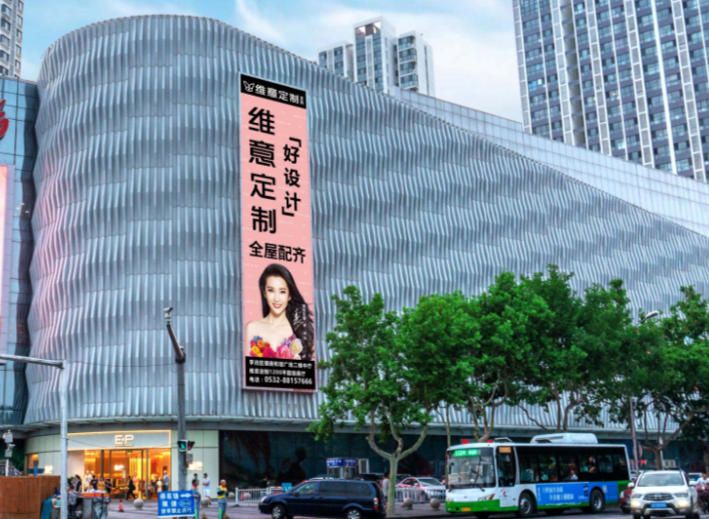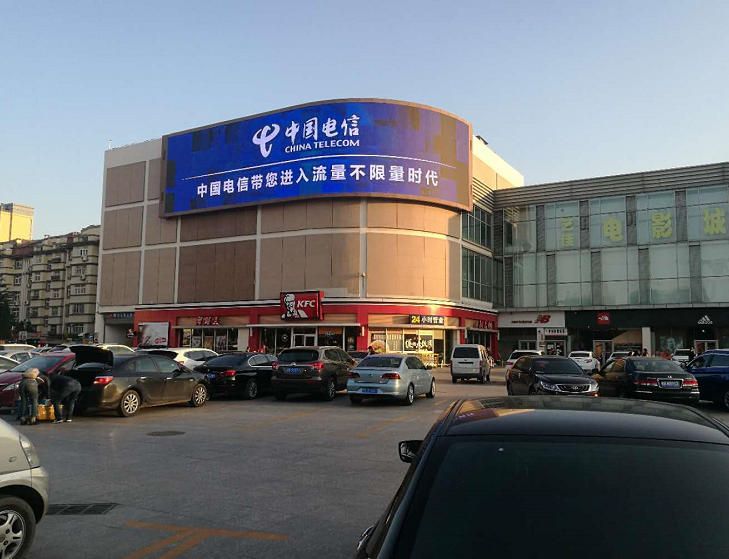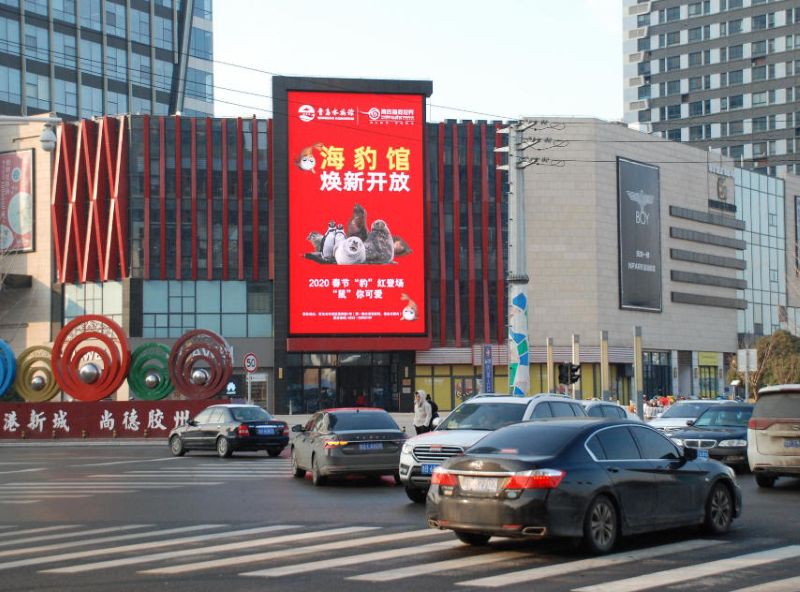How Much Does a Day of LED Advertising Cost? 💡
2025-07-16Tianci MediaViews:141
Highlights
This article provides a comprehensive breakdown of daily LED advertising costs based on authoritative pricing data, covering cost conversion methods, influencing factors, and strategic planning insights.
In the era of diversified brand communication, LED advertising continues to stand out for its high visibility, wide viewing range, and 24/7 reach. It has become a powerful medium for brands and businesses aiming to capture public attention. However, for first-time advertisers, one of the most pressing questions is: “How much does it cost per day?”
This article provides a comprehensive breakdown of daily LED advertising costs based on authoritative pricing data, covering cost conversion methods, influencing factors, and strategic planning insights.

I. Converting Weekly Rates into Daily Costs 🔄
Most outdoor LED screen ads are priced on a weekly basis, so calculating daily costs is simple: divide the weekly rate by 7. Here are some real-world examples:
- Guangzhou Zhujiang New Town · Gaode Plaza
- Weekly Rate: ¥28,000–48,000
- Daily Rate: Approximately ¥4,000–6,900
- Bangkok Siam MBK Shopping Center
- Weekly Rate: ¥57,000–88,000
- Daily Rate: Approximately ¥8,100–12,600
- Tokyo Shibuya Hachiko (SHIBUHACHI)
- Weekly Rate: ¥75,000–120,000
- Daily Rate: Approximately ¥10,700–17,100
By applying this formula, you can quickly estimate daily costs based on any given weekly price in your target city or location.

II. Key Factors Influencing LED Advertising Costs 🔍
- Location & Foot Traffic Value
Screens located in core commercial districts, transportation hubs, tourist attractions, and airports command higher daily rates. For example:- In Guangzhou and Bangkok, CBD and highway exit screens range from ¥10,000–40,000/day.
- Secondary areas may charge as low as ¥3,000–8,000/day.
- Screen Specifications & Technical Standards
The size, resolution, brightness, and interactive capabilities (e.g., dynamic playback, QR code integration) all impact production and maintenance costs. Larger, high-definition screens often come with premium daily fees. - Time Slots & Frequency
Full-day exposure vs. prime time slots (morning rush hour, evening light shows) differ significantly in price. Some cities add a 20%–30% premium for night-time high-visibility periods. - Contract Duration Discounts
- Short-term (<7 days): Highest daily cost
- Medium to long-term contracts (monthly or quarterly): 10%–20% discount
- Annual agreements: May include additional benefits like free creative design or performance monitoring
III. Typical Daily Rates Across Major Cities 🌏
Here’s a snapshot of daily LED advertising costs in different cities:
| City | Location | Daily Rate (CNY) |
|---|---|---|
| Guangzhou | Zhujiang New Town – Gaode Plaza | ¥4,000–6,900 |
| Singapore | Suntec Convention & Exhibition Center | ¥20,000–31,400 |
| Ho Chi Minh City | A&B Tower, CBD | ¥14,100–22,900 |
| Bangkok | Chalong Rat Highway Entrance | ¥28,700–41,100 |
| Bangkok | Siam MBK Shopping Center | ¥8,100–12,600 |
| Paris | Fnac Champs-Élysées Store | ¥17,100–25,700 |
| Tokyo | Shibuya Hachiko Crossing | ¥10,700–17,100 |
As shown above, top-tier international cities and transport hubs typically charge over ¥20,000 per day, while emerging Tier-1 cities in China fall within the ¥5,000–10,000/day range.
IV. Practical Tips for Budget Planning 💡
- Target the Right Audience
Identify your key demographic (e.g., business professionals, young trendsetters, families), then choose LED placements that align closely with their movement patterns to avoid wasted impressions. - Combine High-Impact & Supporting Screens
Use flagship screens in premium locations for short bursts of high-impact exposure, and supplement with secondary screens in less central but still relevant areas for sustained visibility. - Integrate Interactivity & Post-Click Tracking
If budget allows, embed QR codes, AR experiences, or SMS prompts into your LED advertising content. This enables real-time user engagement tracking and ROI measurement through scan rates, visits, or appointment bookings. - Optimize Dynamically with Real-Time Data
Deploy traffic analytics tools or third-party monitoring systems to track audience exposure and foot traffic changes. Adjust frequency and creatives accordingly to maximize efficiency. - Negotiate Smart Contracts
Explore bundled deals such as “annual plans + extra media assets” or group multiple screens across cities for better pricing and value-added services.

V. Maximizing Cost Efficiency Through Multi-City Strategies 🚀
Case Study: Smartphone Brand Campaign in 2025
A smartphone brand launched a 7-day LED advertising campaign in three major cities:
- Guangzhou – Gaode Plaza: ¥5,500 × 7 = ¥38,500
- Beijing – Guomao CBD: ¥8,000 × 7 = ¥56,000
- Bangkok – Siam MBK: ¥10,000 × 7 = ¥70,000
Total Cost: ¥164,500 (~$23,000 USD)
Strategy: Focused on domestic buzz in Guangzhou and Beijing, while targeting overseas Chinese and international tourists in Bangkok. Integrated online video teasers and QR-based lead generation.
Results:
- Reached nearly 2 million people
- Generated 12,000 scans
- Achieved a 12% conversion rate
- Boosted sales by 25%
By combining multiple locations and leveraging cross-channel promotion, the brand successfully balanced cost control with measurable impact.
Conclusion: Strategic Investment in LED Advertising 📈
The cost of a single day of LED advertising isn’t just about numbers—it's about understanding how location value, technical quality, timing, and interactivity affect overall performance. With precise placement, tiered investment, data-driven optimization, and creative enhancement, brands can achieve maximum visibility and user conversion within a controlled budget.






